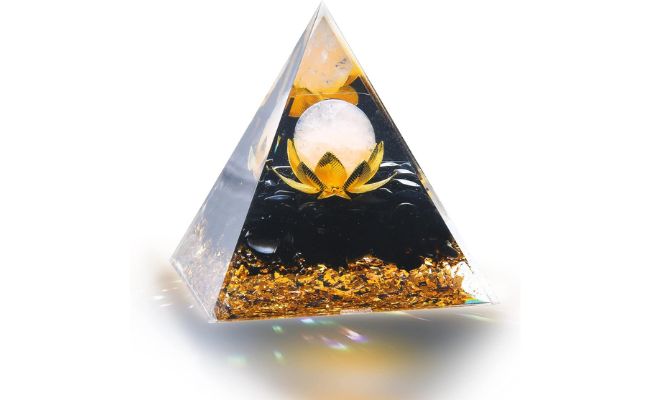Research & Development

Pure Hazelwood is the only company that has invested into scientific research to validate the properties of the Canadian northern boreal forest hazel wood.
The first trials have demonstrated that hazelwood extracts harvested for Pure Hazelwood are very rich in polyphenols and have antioxidant, antibacterial and anti-inflammatory effects. From 2009, Pure Hazelwood has committed to a vast research program to offer its clients effective, high quality products whose therapeutic effects have been scientifically proven. "Through better understanding of our raw material, its properties, and the transfer of bio-active compounds through the skin, we can improve the effectiveness of our products and develop new ones, always meeting the highest standards of quality", mentions Mariana Royer Royer, PHd who has supervised a unique program that continues to shed some light on the mechanism of action of hazelwood necklaces in contact with skin and the properties and bio-activity of hazelwood extracts.
With science in constant evolution and new studies and customer testimonies being carefully monitored, Pure Hazelwood has also created its own R & D unit in 2011, and today collaborates with five independent research centres that are experts in the fields of natural products, biotechnologies, and formulation. Pure Hazelwood has invested over 1M$ in hazelwood research programs.



